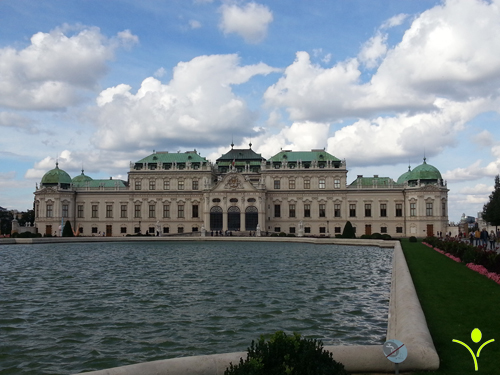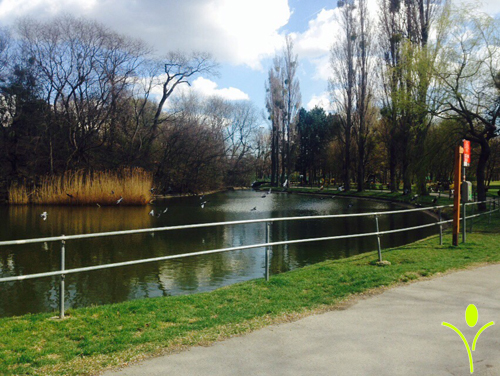In the 18th century, Vienna grew into the dazzling capital of a great European power. Majestic palaces and churches sprang up both within and beyond the city walls. Alongside the older settlements in the suburbs, members of the nobility built summer residences with large parks, such as the magnificent Belvedere Palace. Belvedere Palace
Belvedere Palace
In 1704, the military administration constructed an outer defensive embankment known as the “Linienwall” which followed the same route as today’s Gürtel road. Between the Linienwall and the zone surrounding the fortifications of the old city, they developed an area of nearly continuous settlement comprising some thirty suburbs. Not until 1850 would the latter join with the inner city to form a single administrative unit.
During the 18th century, the transformation of Vienna from a court-based feudal society to a bourgeois society can be observed in a number of measures: the reorganization of the guilds, the abolition of torture and the death penalty, the introduction of primary education, the increased tolerance towards Jews and non-Catholic Christians, the founding of social institutions such as the General Hospital and the opening of the Prater recreation area to the general public.

